Mazda CX-5 Vs Honda CR-V: Which One Is Right For You?
Who wins the compact crossover battle?
The compact crossover segment is one of the most hotly-contested in North America, with just about every major automaker offering its own competitor. The high level of competition leads every company to cover every base with the best of their ability. The Mazda CX-5 and Honda CR-V are both fine examples of that, with loads of standard and available content that was once reserved for high-priced luxury models.
Get a Quote on a New Mazda CX-5 or Honda CR-VFrom safety features to the premium infotainment systems, both of these vehicles offer a long list of amenities that make for a more comfortable drive, whether across town or across the country. However, with so many similarities, it can be tough to pick between the two so we put together a look at the areas where the Mazda CX-5 bests the Honda CR-V.
Power Train & Driving Feel
The Mazda CX-5 is powered by a naturally aspirated Skyactiv-G 2.5-litre four-cylinder engine that offers 187 horsepower and 186 lb-ft of torque. The Honda CR-V is motivated by a turbocharged 1.5-litre four-cylinder engine that delivers 190 horsepower and 179 lb-ft of torque. The torque advantage for the Mazda leads to stronger low-end acceleration and improved passing power. That extra torque also helps the CX-5 to have a much higher tow rating, pulling as much as 907kg to the Honda’s limit of 680kgs.
If you are cross-shopping the CX-5 and the CR-V and you feel the need for more power, Mazda has the answer in the form of the Skyactiv-G 2.5 T engine. This four-cylinder mill uses a Dynamic Pressure Turbo system to deliver up to 250 horsepower and up to 320 lb-ft of torque when using premium fuel, making it substantially quicker, faster and more responsive than the CR-V, which has no premium engine option.
The Honda CR-V sends power to the wheels by means of continuously variable transmission or CVT for short. The CX-5 uses a traditional 6-speed automatic transmission, giving the Mazda a clear advantage in this category. A CVT does not have gears, instead relying on a series of drums that change size to effectively alter the output ratio. For some drivers, that leads to an unusual, unappealing driving experience that leads many to believe that the transmission is slipping. Meanwhile, the CX-5 offers the traditional shift feel that many drivers prefer. Best of all, Mazda also includes paddle shifters on premium models, giving the driver better control over the gear shifts and creating a more engaging driving experience.
Another advantage for the Mazda CX-5 is the G-Vectoring Control Plus system. This system creates a smoother, more comfortable ride by reducing the amount of side-to-side and front-to-rear motion that comes with cornering. When entering and traveling through a turn, this system applies slight brake force to the outside wheels to control weight transfer and improve stability. As the driver exits the corner, the system applies unique acceleration forces to each wheel, keeping the vehicle smooth and stable as it builds speed.
SEE ALSO: Mazda CX-5 vs Nissan RogueThe CX-5 is shorter than the CR-V overall, so it will fit more comfortably in parking spaces and garages, but the Mazda has a longer wheelbase, leading to a smoother ride and more interior space. The CX-5 also has noise isolating glass in the windshield and side windows, making for a much quieter drive, even at highway speeds.
Finally, the Mazda CX-5 in every configuration has a larger fuel tank than the Honda CR-V, allowing the driver to go further between fuel stops on long drives or the daily commute.
Technology and Features
On the inside, the Mazda CX-5 has several key advantages over the Honda CR-V. All new CX-5 models come standard with the eight-inch-wide colour infotainment screen while the CR-V is only available with a smaller seven-inch screen. In the Mazda, that premium infotainment system can be paired with a 10-speaker premium Bose sound system. Honda offers a premium nine-speaker system, but it does not feature the sound quality that you get with a Bose system, so if you are an audiophile, the CX-5 is the easy choice.
Not only does the Mazda have the larger screen and the higher performance premium sound system, but the CX-5 also features the unique HMI Commander system. This system uses a large knob and a few buttons which are located on the centre console in a panel between the centre arm rest and the shifter. When the driver’s elbow is on the centre arm rest, all of the controls for the infotainment system are right at their fingertips. There is no need to reach up to the touchscreen, as you can adjust every aspect of the system from the HMI Commander with your arm at rest.
A great feature of the CX-5 that you will not find in the Honda CR-V is the Heads-Up Display. This type of system was once reserved for high-end luxury sedans, showing a variety of vital information right in the driver’s line of sight. This system projects information onto the windshield, preventing the driver from ever having to look away from the road. The Mazda system displays information including vehicle speed, the local speed limit, instructions from the turn-by-turn navigation system and information from the i-Activsense driver assistance systems such as Blind Spot Monitoring, Radar Cruise Control, Lane Keep Assist and Smart City Brake Support.
SEE ALSO: Mazda CX-5 vs Subaru ForesterAnother premium feature that is standard on the Mazda CX-5 is LED headlights with automatic function. Honda offers LED headlights, but they are not standard on all models, giving the advantage in illumination technology to the CX-5.
Safety
All Mazda CX-5 models come with the i-Activsense suite of driver assistance technology. This includes features such as Advanced Blind Spot Monitoring, Rear Cross Traffic Alert, Mazda Radar Cruise Control with Stop & Go, Smart City Brake Support, Lane Keep-Assist, Driver Attention Alert and the 360-degree View Monitor with front and rear parking sensors. An additional safety advantage the CX-5 has is the Adapting Front Lighting System (AFS) that allows the headlights to move with the direction the vehicle turns, letting the driver spot potential hazards better.
The CR-V offers some of these safety features, but with the Honda, Advanced Blind Spot Monitoring and Rear Cross Traffic Alert are not standard on all models.
Interior and Cargo Space
The CX-5 and CR-V both offer similar interior dimensions, but Mazda has a few key advantages. If you opt for a sunroof, that cuts into the headroom of the Honda a great deal, but that is not the case with the CX-5, so if you are looking for the glass roof treatment and lots of headroom, the Mazda is the easy choice.
The rear seats of the CR-V have a 60/40 design, while the CX-5 have a 40/20/40 layout. The three-piece rear seat design of the Mazda allows for easier conversion of passenger space to cargo space while also creating more options for maximizing seating space and cargo space. When it comes to interior design, the CX-5 offers a noticeably higher level of craftsmanship in its Signature trim level featuring Nappa leather and genuine Abachi wood trim.
Styling
The Mazda CX-5 features the Kodo design language, focusing on simplicity. This means that you won’t find any gratuitous vents, body lines or contrasting trim in odd places around the exterior. The front end of the CX-5 is dominated by the large grille and the slim LED headlights whereas the front of the Honda has large vents in the lower fascia and an array of angles shooting across the front end.
The hard lines of the CR-V continue along the sides and across the back while the CX-5 has an elegant, flowing form from front to rear.
Pricing
Whether you are looking at the base front-wheel-drive model, the base all-wheel-drive model or the premium model, which only comes with all-wheel-drive, the CX-5 has the pricing advantage over the CR-V. Across the lineup, the Mazda costs less while offering more standard content, making the CX-5 the clear choice for anyone who wants to get the most for their money.
Verdict: Mazda CX-5 vs Honda CR-V
If you want a compact crossover that offers big turbocharged power, the Mazda CX-5 is the easy choice. If you are less concerned with power and more concerned with features like interior space and premium technology, the CX-5 is still the better choice. Best of all, the CX-5 costs less than the CR-V, so it also offers more value for your money.
Patrick Rall has been covering the automotive industry for over a decade, but was born into car culture. Having grown up in his father's performance shop, he spent extensive time at the track, driving and wrenching on various types of vehicles.
More by Patrick Rall



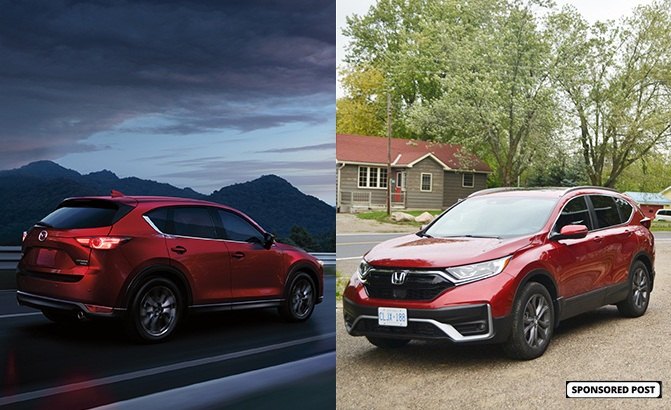
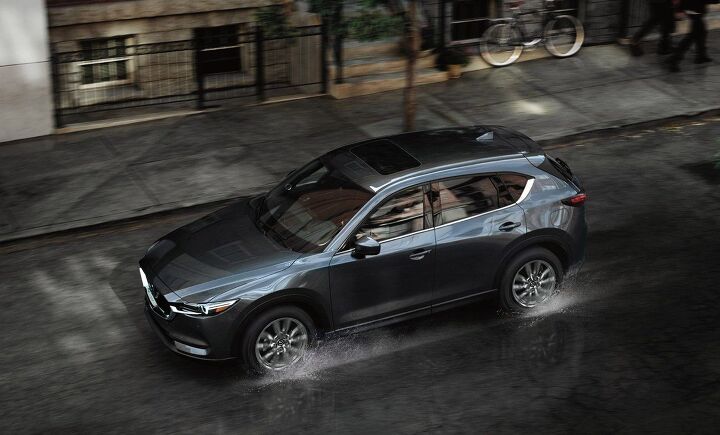


























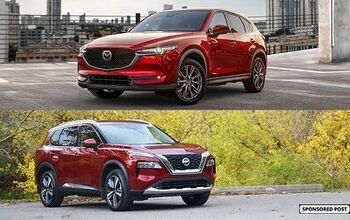

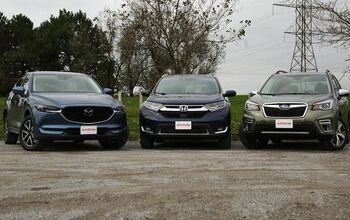

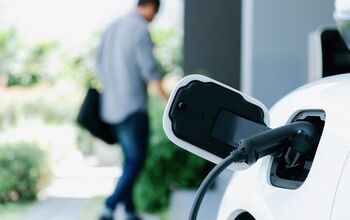
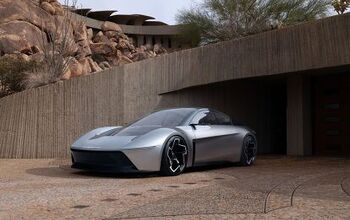
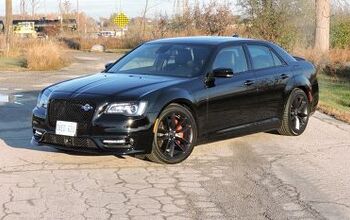
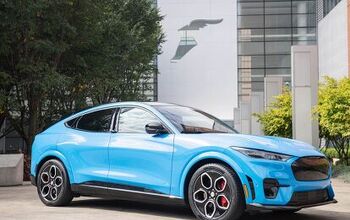


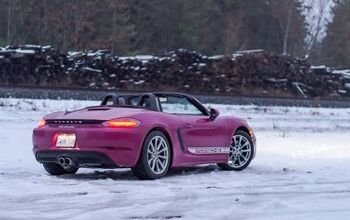


Comments
Join the conversation